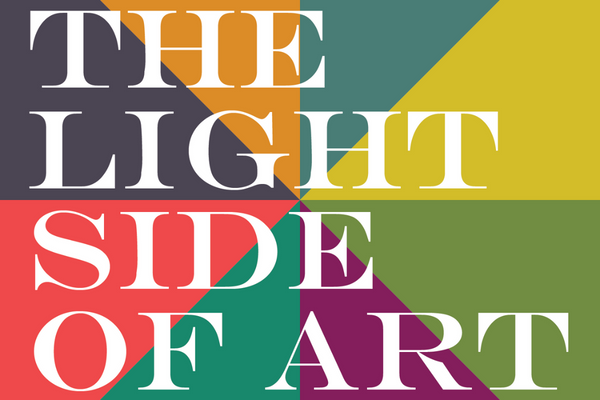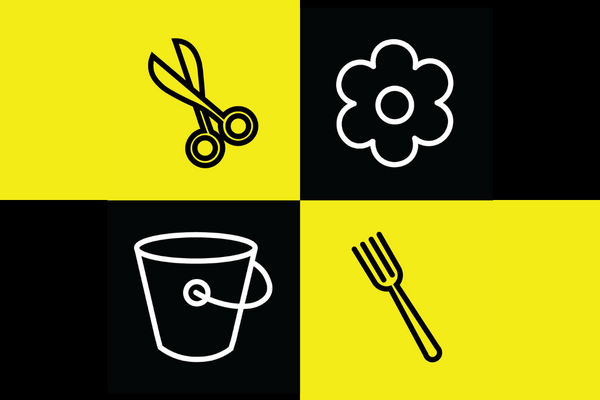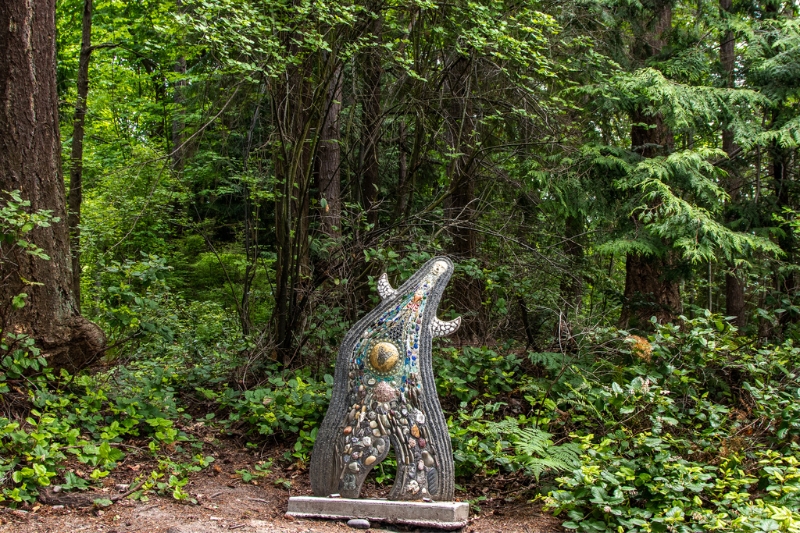Past Exhibition Highlights
Science Stories: A Collaboration of Book Artists and Scientists
March 12 - May 29, 2022
Science Stories is a unique project that brings together Pacific Northwest scientists and book artists to create engaging and unique artists' books that offer new ways to interpret science and to tell a story. The Science Stories projects are divided into broad topics: water, ice, mountains, flora, fauna and human health.
Creating a Scene: The Legacy and Vision of Esther Webster
February 13 - April 25, 2021
Displayed in the space where Esther herself once lived and worked, the exhibit includes a wide-ranging collection of original paintings, drawings, collages, and prints from across her six-decade career. Alongside completed works of art, visitors will find a selection of the artist's informal notes, sketchbooks, and original printing blocks. Alongside a handful of key artifacts, these items offer and intimate glimpse into Esther's life and creative work.
Undersea Garden: A Voyage of Wonder and Imagination
September 12 - November 15, 2020
Presented by Tangled Fibers, a collaborative group of four Olympic Peninsula fiber artists. Using fiber, color, texture and whimsy, the Tangled Fibers artists will create kelp, tide pools, octopus, sea stars, nudibranchs, jellyfish and other forms of life found under and over its shores.
Earth: An Abstract
April 18- June 28, 2020
Honoring the 50th Anniversary of Earth Day, this exhibit features 50 abstract artworks that reference the natural world: celebrating the earth's beauty and diversity, exploring the science of the natural world, and addressing the environment's very real vulnerability.
Other Virtual Programs
The Light Side of Art
Fundraiser

What is The Light Side of Art? It is the art that makes us laugh out loud, that delights us with its beauty, that sparks our own creativity, and that illuminates the things we value most. The light side of art is earnest and generous, and yes, sometimes it’s a little bit cheesy. This is the art that reminds us – even in hard times – that truth, goodness, and beauty still have the power to move us at our deepest being.
Quarantine
Crafts

Short videos geared toward a younger audience showing how to make art using regular household items or things found in nature. These instructional videos will emphasize "artist thinking" to teach that humor and creativity help us see new possibilities, even when we feel limited or stuck.
Webster's Woods
Virtual Tours

Follow along on a casual walk through Webster's Woods as previous Gallery and Program Director, Sarah Jane shares observations about select artworks and the park's history or enjoy a video of a silent, meandering walk through the park's five acres of second-growth Olympic forest.























